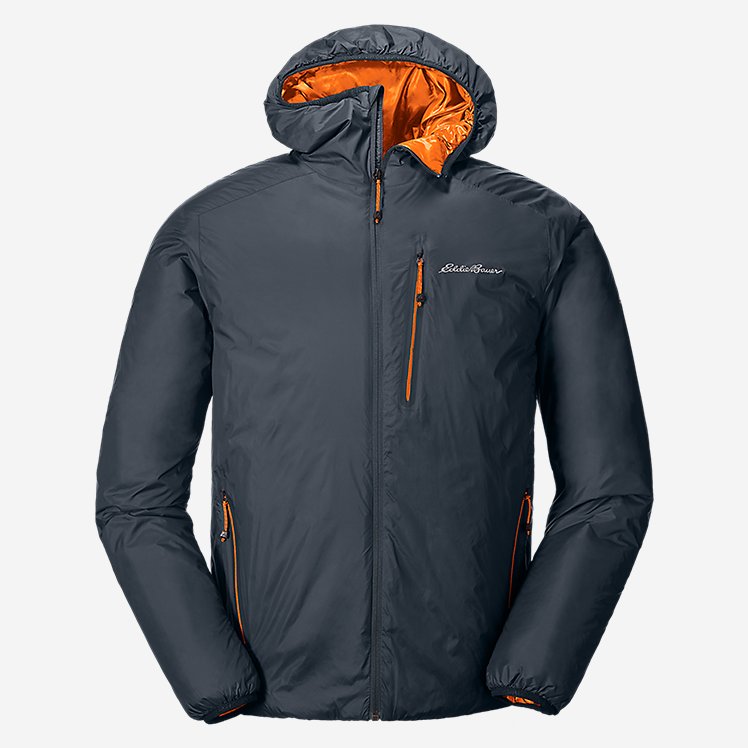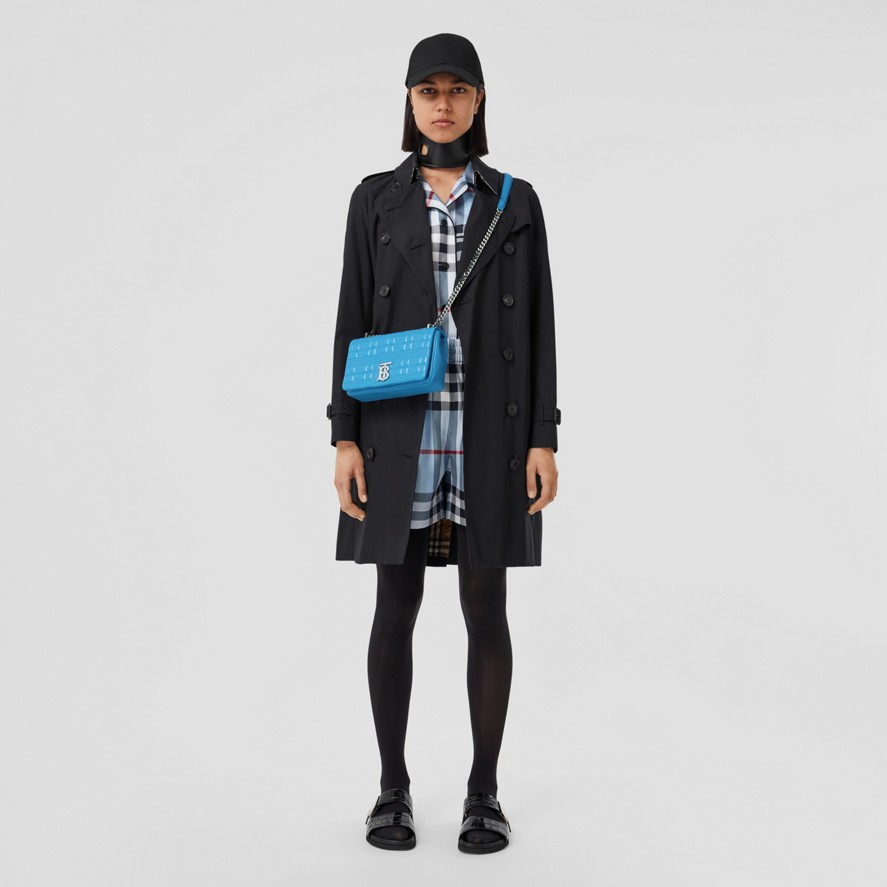Core 365™ Men’s Long-Sleeve Piqué Polo – Embroidered Personalization Available
#1 pique knit polo to fit any budget. 4-oz., 100% polyester pique with matching flat knit collar. Fade resistant; Easy care; Shrink proof. Moisture-wicking; Antimicrobial additive.
Core 365™ Men’s Long-Sleeve Piqué Polo – Embroidered Personalization Available
- FREE Embroidery Setup Charge on 24 pieces or more! Add $35 on personalized orders under 24 pieces.
- #1 pique knit polo to fit any budget.
- 4-oz., 100% polyester pique with matching flat knit collar
- Fade resistant; Easy care; Shrink proof
- Moisture-wicking; Antimicrobial additive
- Long sleeves
- Three-button placket with dyed-to-match buttons
- UV protection performance; UPF-15 to 39
- Add your custom embroidered personalization
- Individually folded and bagged with size sticker
Product Specifications
Imprint Specifications
Additional information
| Product Size | ADULT SM – 5XL |
|---|---|
| Imprint Size | 4" X 4" (10,000 STITCHES), UP TO 5 LINES OR LOGO; 35 CHARACTERS PER LINE |
| Max Imprint Characters/Line | 35 |
365 may refer to:
- 365 (number), an integer
- a common year, consisting of 365 calendar days
- AD 365, a year of the Julian calendar
- 365 BC, a year of the 4th century BC
Personalization (broadly known as customization) consists of tailoring a service or product to accommodate specific individuals. It is sometimes tied to groups or segments of individuals. Personalization involves collecting data on individuals, including web browsing history, web cookies, and location. Various organizations use personalization (along with the opposite mechanism of popularization) to improve customer satisfaction, digital sales conversion, marketing results, branding, and improved website metrics as well as for advertising. Personalization acts as a key element in social media and recommender systems. Personalization influences every sector of society — be it work, leisure, or citizenship.
Polo is a stick and ball game that is played on horseback as a traditional field sport. It is one of the world's oldest known team sports, having been adopted in the Western world from the game of Chovgan (Persian: چوگان), which originated in ancient Iran, dating back over 2,000 years. Initially played by Persian nobility as a training exercise for cavalry units, polo eventually spread to other parts of the world. The game is played by two opposing teams with the objective of scoring using a long-handled wooden mallet to hit a small hard ball through the opposing team's goal. Each team has four mounted riders, and the game usually lasts one to two hours, divided into periods called chukkas or chukkers.
Polo has been called "The Sport of Kings" and has become a spectator sport for equestrians and high society, often supported by sponsorship. The progenitor of polo and its variants existed from the 6th century BC to the 1st century AD, as an equestrian game played by the Iranian peoples. From Iran, where the sport evolved and developed, the game became popular around the world, with well over 100 member countries in the Federation of International Polo, and is played professionally in 16 countries; it was also an Olympic sport from 1900 to 1936.
Arena polo is an indoor or semi-outdoor variant with similar rules, and is played with three riders per team. The playing field is smaller, enclosed and usually of compacted sand or fine aggregate. Arena polo has more maneuvering due to space limitations, and uses an air-inflated ball slightly larger than the hard solid ball used in field polo. Standard mallets are used, though slightly larger-head arena mallets are an option.
Mastery in horseriding is a must to play this game. There are also risks of injuries mainly from falling from the horse; therefore, one should be physically active and strong.
The sport inspired Jilly Cooper's 1991 bonkbuster novel Polo.
S, or s, is the nineteenth letter of the Latin alphabet, used in the English alphabet, the alphabets of other western European languages and other latin alphabets worldwide. Its name in English is ess (pronounced ), plural esses.
A sleeve (Old English: slīef, a word allied to slip, cf. Dutch sloof) is the part of a garment that covers the arm, or through which the arm passes or slips.
The sleeve is a characteristic of fashion seen in almost every country and time period, across a myriad of styles of dress. Styles vary from close-fitting to the arm, to relatively unfitted and wide sleeves, some with extremely wide cuffs. Long, hanging sleeves have been used variously as a type of pocket, from which the phrase "to have up one's sleeve" (to have something concealed ready to produce) comes. There are many other proverbial and metaphorical expressions associated with the sleeve, such as "to wear one's heart upon one's sleeve", and "to laugh in one's sleeve".
Early Western medieval sleeves were cut straight, and underarm triangle-shaped gussets were used to provide ease of movement. In the 14th century, the rounded sleeve cap was invented, allowing a more fitted sleeve to be inserted, with ease around the sleeve head and a wider cut at the back allowing for wider movement. Throughout the 19th century and particularly during the Victorian era in Western culture, the sleeves on women's dress at times became extremely wide, rounded or otherwise gathered and 'puffy', necessitating the need for sleeve supports worn inside a garment to support the shape of the sleeve. Various early styles of Western sleeve are still found in types of academic dress.
Sleeve length varies in modern times from barely over the shoulder (cap sleeve) to floor-length (as seen in the Japanese furisode). Most contemporary shirt sleeves end somewhere between the mid-upper arm and the wrist.









Reviews
There are no reviews yet.